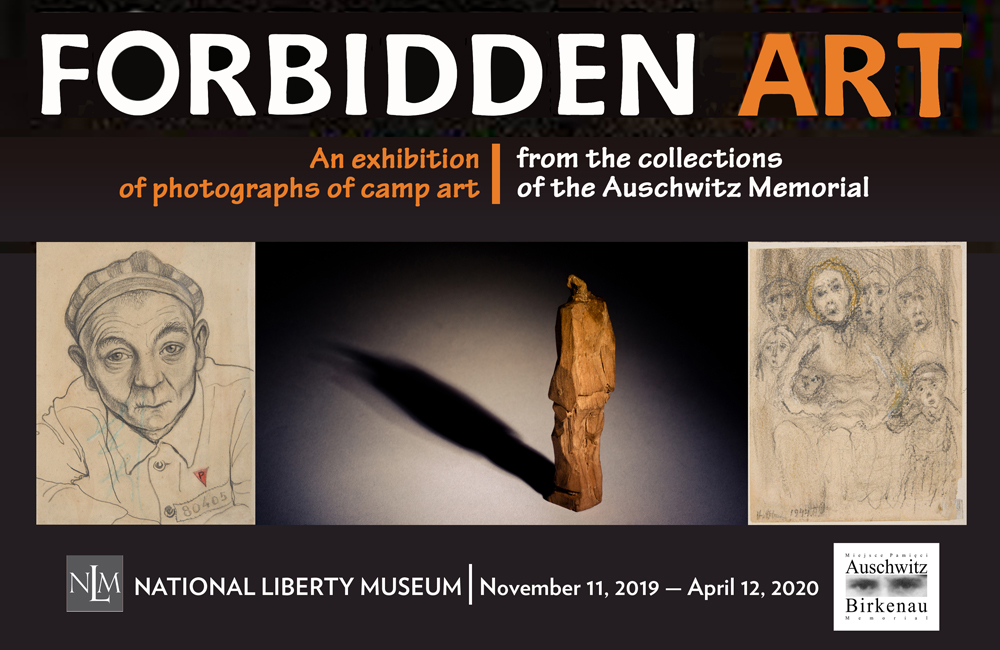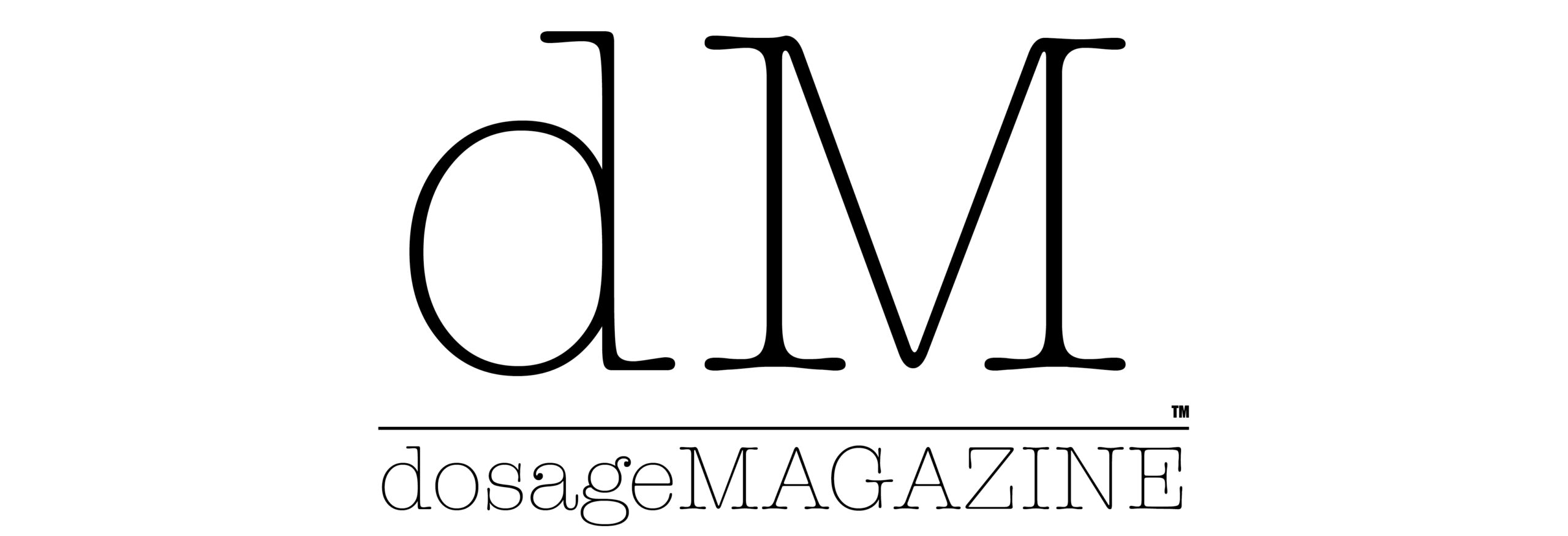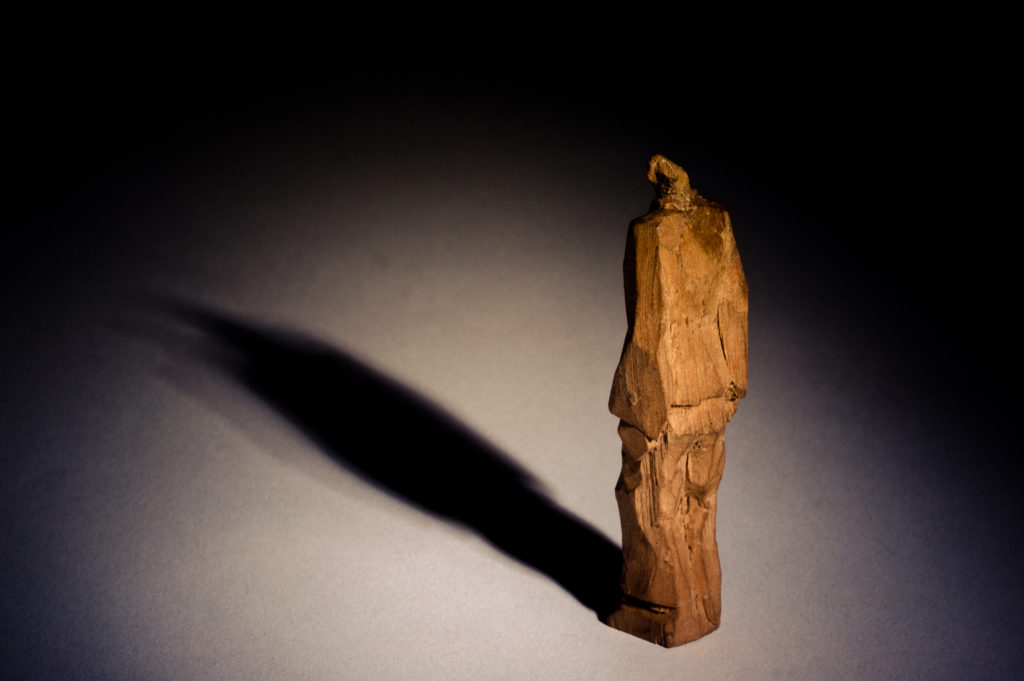A new exhibition at the National Liberty Museum explores a collection of photographs depicting artwork created by camp prisoners.
When I asked Pawel Sawicki if he had a favorite piece of Forbidden Art, he found it difficult to decide. The 20 pieces of secretly-created art, made by Jewish and Polish prisoners at Auschwitz (the most famous of all the Nazi concentration camps), tells stories of trauma, resilience, and the intricacy of lives lived in the shadow of extermination.
As a father, Sawicki pointed to a page from a children’s fairytale and spoke about how he found the prisoners’ effort to create something for their children to be both beautiful and unexpected. “When you think of the story of Auschwitz,” he said, “this is the last thing you would think of – you know the prisoners are writing fairytales to their children, and they try to smuggle it out. But this is the complexity of the world of Auschwitz.”
The complexity of Auschwitz is beautifully conveyed in the Forbidden Art Exhibition, which will open on November 11th, 2019, at the National Liberty Museum. I had the unique opportunity of visiting the NLM well in advance of the opening and taking a private tour of the small but impactful exhibition. The selected pieces are a commentary on the resilience of the human spirit. The Forbidden Art was created by prisoners, unbeknownst to the Nazis and, if discovered, could have meant dire consequences. Yet creativity is something that, as Pawel pointed out, is impossible to contain. He told the story of one artist who, even after being discovered and severely punished for creating secret portraits of his fellow prisoners, continued to make art.
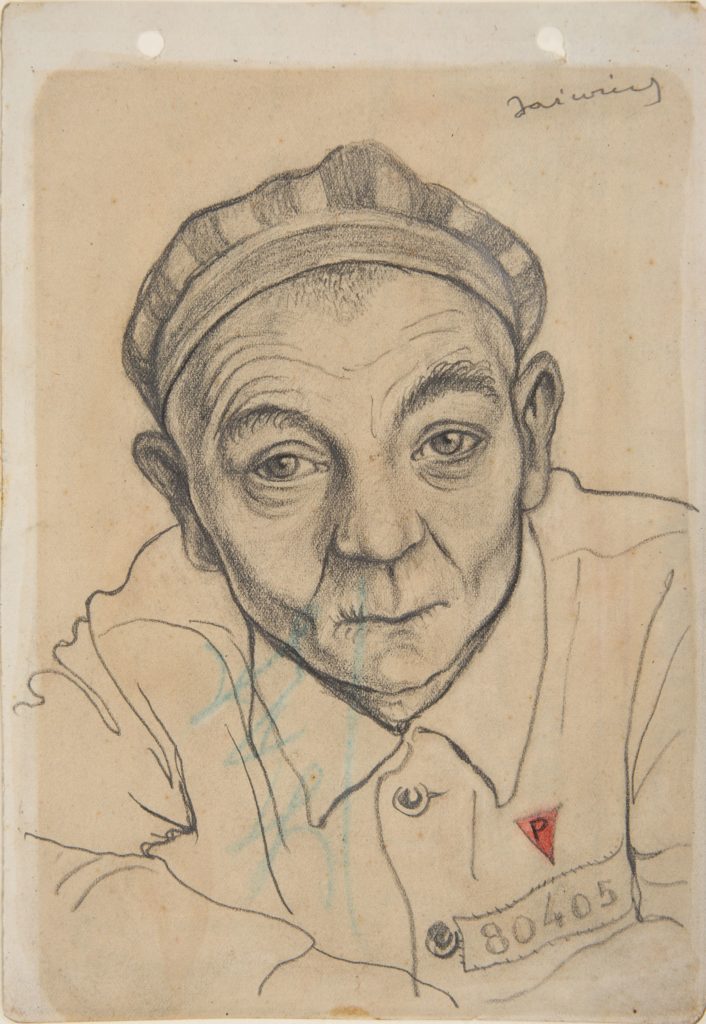
As I looked around at the hauntingly beautiful depictions, diverse in terms of subject matter and each with its own unique style, I was aware of the endurance of the human spirit and the interplay between creativity and freedom. Parents painted beautiful images that they intended to be smuggled out to their children. Women sketched portraits of one another as they were prior to the starvation and segregation of life in a concentration camp. One man, at great risk to himself, sketched the progression of the life of a prisoner from their arrival at Auschwitz onward. There is even art that makes fun of perpetrators, which Pawel points out is both dangerous and “an art form that allows us to cope with the reality around us – that we laugh about something that traumatizes us.”
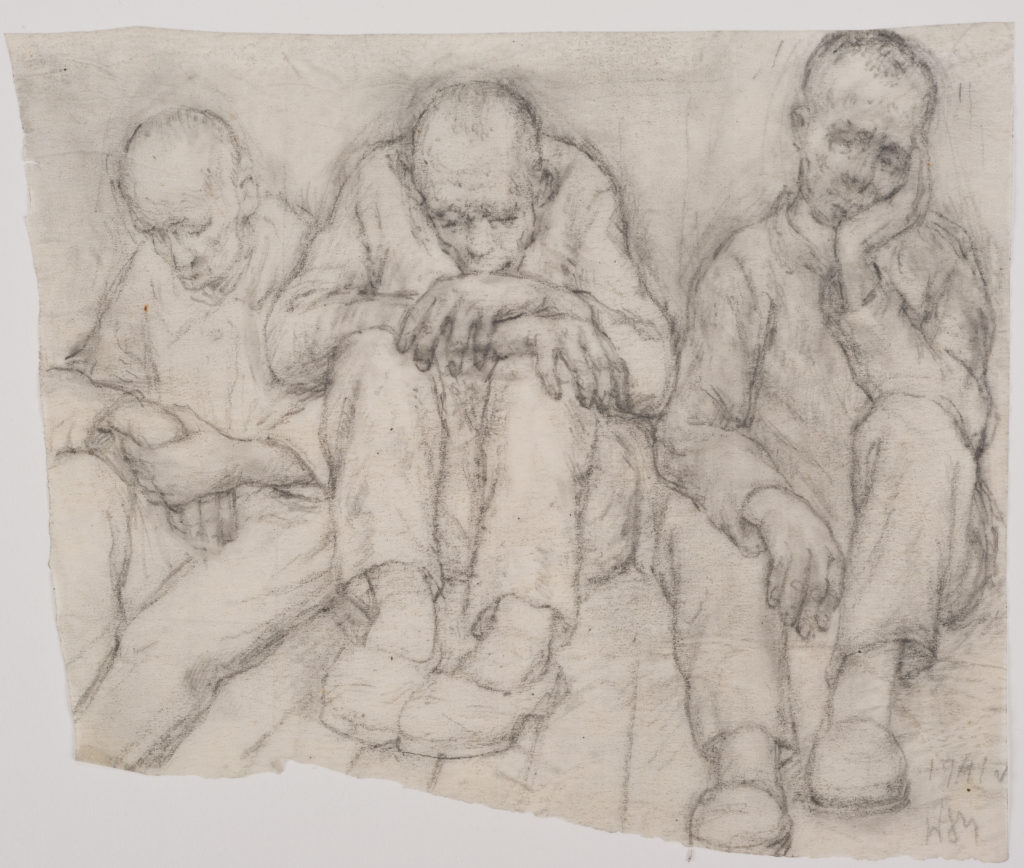
I was struck by just how surprising and nuanced the exhibition was in its depiction of the humanity beneath the horrors of the Holocaust, something that is essential to grapple with so that we never lose sight of the individual personhood of persecuted people. Likewise, this is a point Gwen Borowski, CEO and co-founder of the National Liberty Museum, hopes to drive home to each and every visitor to the Forbidden Art Exhibition. She said that the National Liberty Museum’s mission is to protect “this fragile freedom and liberty that we have” and then added that the Forbidden Art Exhibition is comprised entirely of “art that tells an unbelievable story of resistance and survival and identity.”
Indeed, it is unbelievable until you see the exhibition. And then, when you do, it is beautiful, haunting, real, painful, nuanced, deep, and transformational.
On November 11th, beginning at 11:00 am, there will be a public opening for the exhibition at the National Liberty Museum. The event will begin with a short program. Speakers will include:
- Wojtek Soczewica, Director General of the Auschwitz-Birkenau Foundation
- Don Greenbaum, Veteran and Dachau liberator
- Joseph S. Finkelstein, Son of Auschwitz survivors
There will also be a full day of activities. A family history art activity will start at noon, and there will be hourly mini-tours of the gallery starting at 12:30 pm. The Forbidden Art exhibition is free with general admission. Admission on November 11th is “Pay what you wish.”
